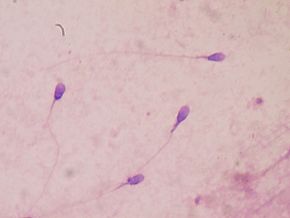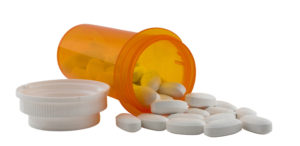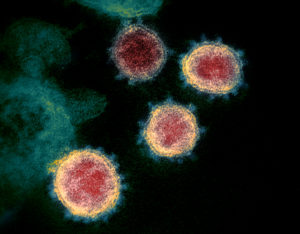
Male reproductive health is a big deal, whether it's erectile dysfunction or sperm count and quality. A huge problem is that sperm count in men has been dropping rapidly over the past few decades, and studies find that this 50% drop is occurring globally. Two recent studies found that pesticides are playing a role in these problems.
The first study found that pesticides commonly used in our homes, gardens and lawns, as well as in our foods, are contributing to the huge sperm decline. The researchers reviewed studies looking at levels of 2 types of pesticides in men. They found that men with higher levels of organophosphates insecticides or carbamates (N-methyl carbamates) had lower sperm counts (sperm concentration).
The second study found that exposure to the insecticide chlorpyrifos and other organophosphate pesticides was associated with the development of erectile dysfunction (ED). The higher the exposure levels (as measured in the person's urine), the greater the risk of ED. Erectile dysfunction is the difficulty of getting or keeping an erection.
Bottom line: Lower your pesticide exposures (and thus the amount of pesticides in your body) by not using pesticides routinely in your garden, lawn, or home. Instead, use least-toxic Integrated Pest Management in the home and garden, and avoid use of pesticides on lawns (view "weeds" and clover as wildflowers and a bee habitat). Also, eat as much organic food as possible.
1) From CNN: Common pesticides in food reducing sperm count worldwide, study says
“Over the course of 50 years, sperm concentration has fallen about 50% around the world,” said senior study author Melissa Perry, dean of the College of Public Health at George Mason University in Fairfax, Virginia. ...continue reading "Pesticides and Male Reproductive Health"

 Erectile dysfunction is a serious problem for many men, especially as they get older. A
Erectile dysfunction is a serious problem for many men, especially as they get older. A  A large recent
A large recent  Covid-19 infections are linked to many long-term health problems, but now a surprising one - an increased risk for erectile dysfunction in sexually active men. University of Rome researchers
Covid-19 infections are linked to many long-term health problems, but now a surprising one - an increased risk for erectile dysfunction in sexually active men. University of Rome researchers